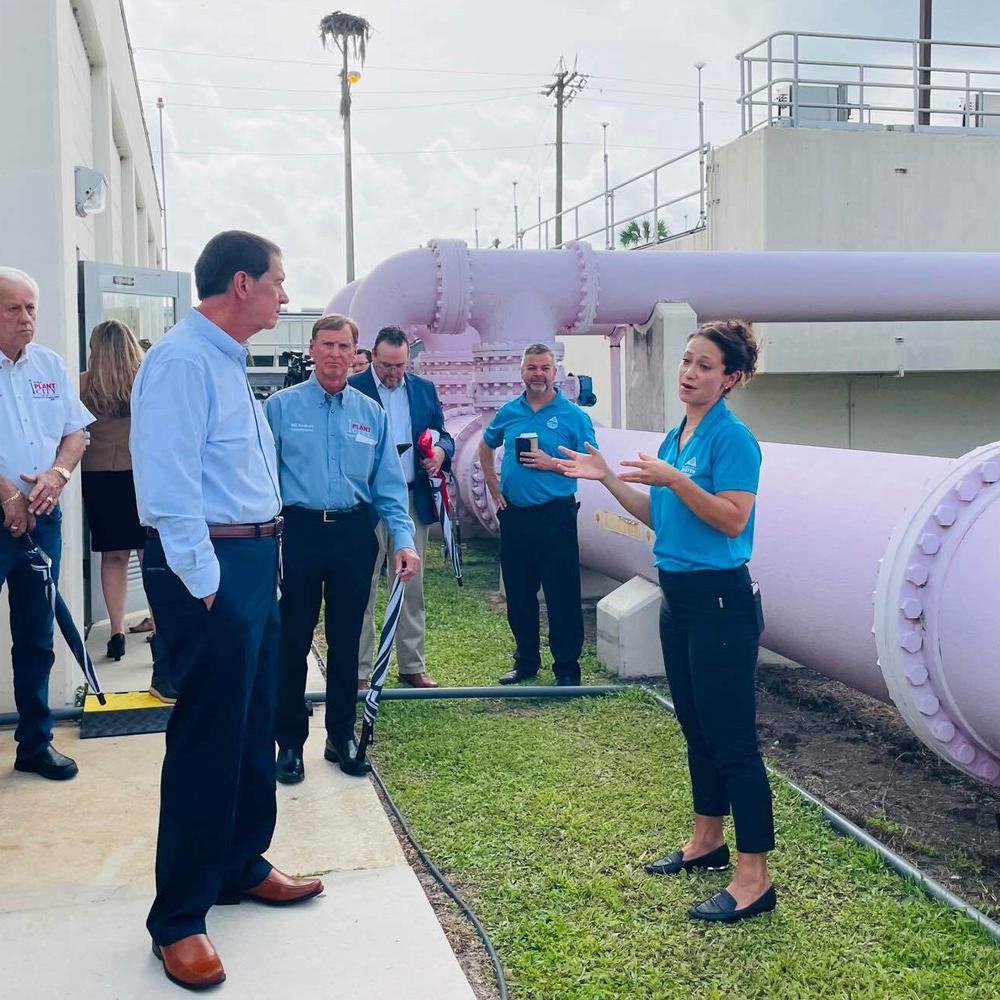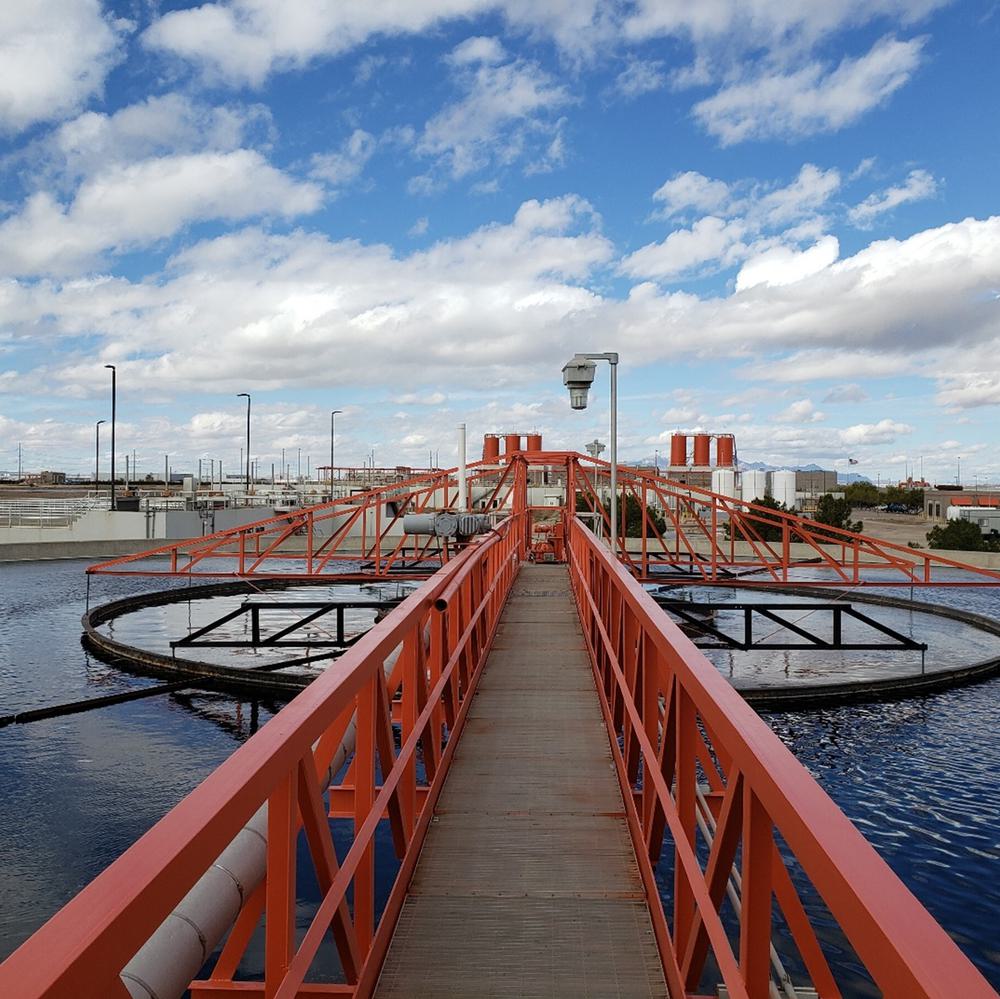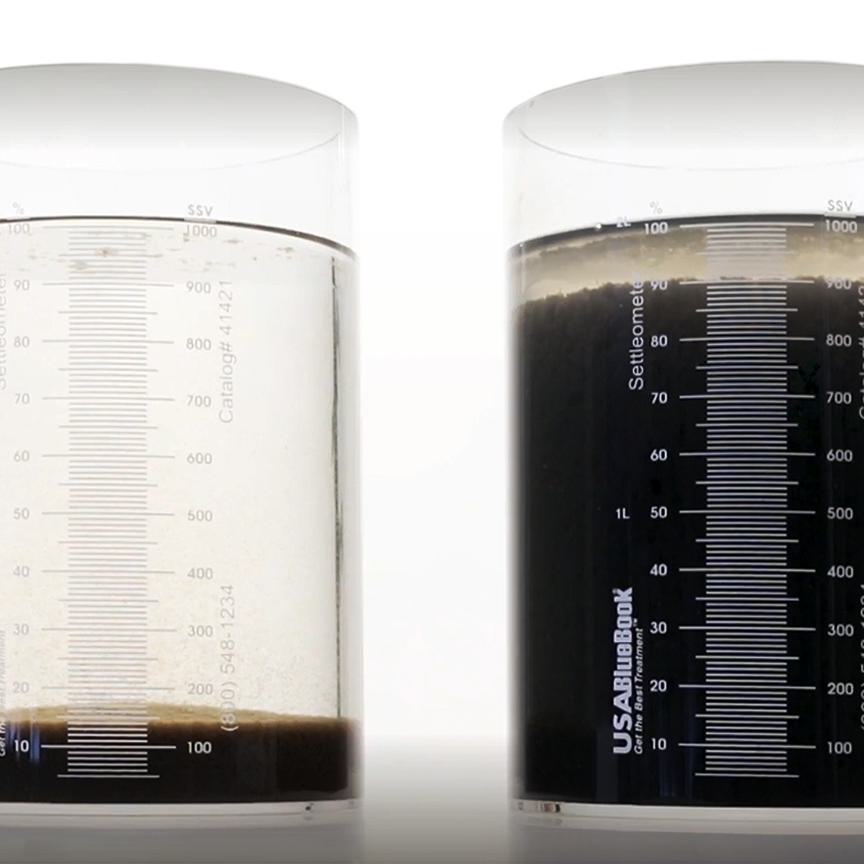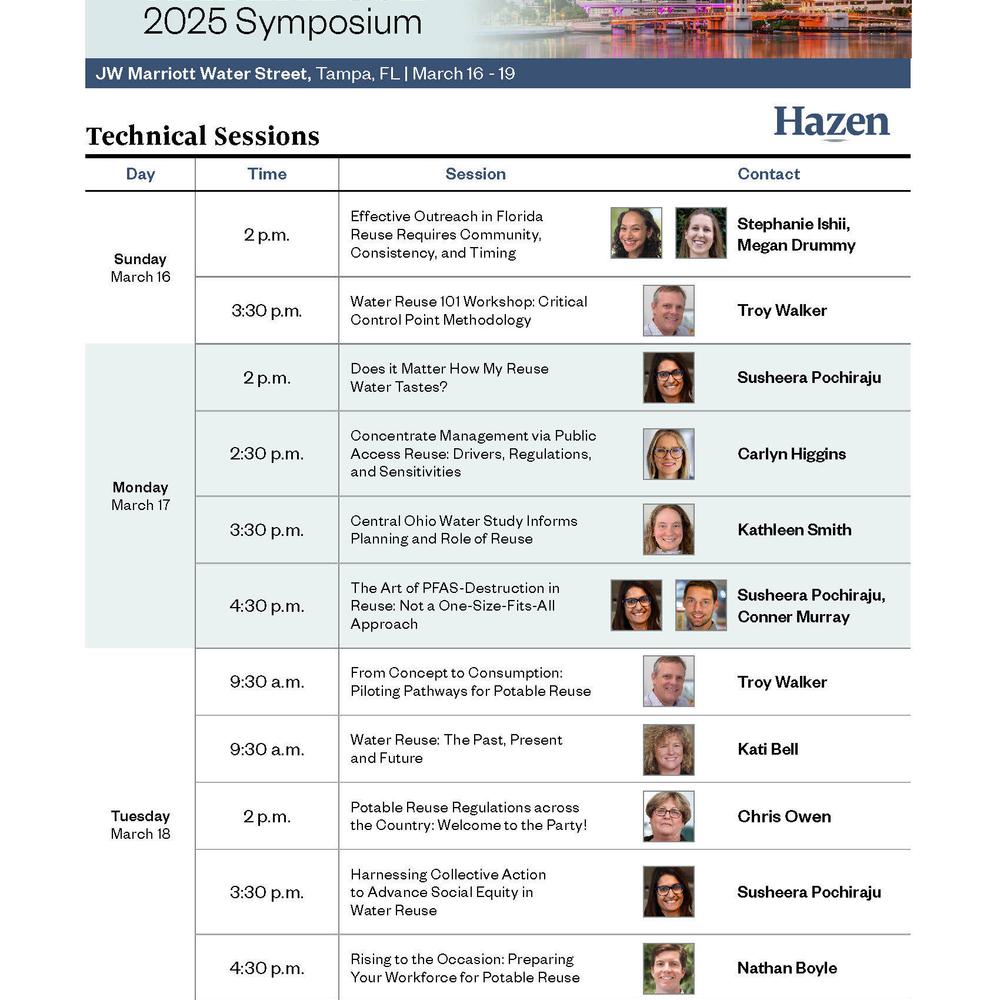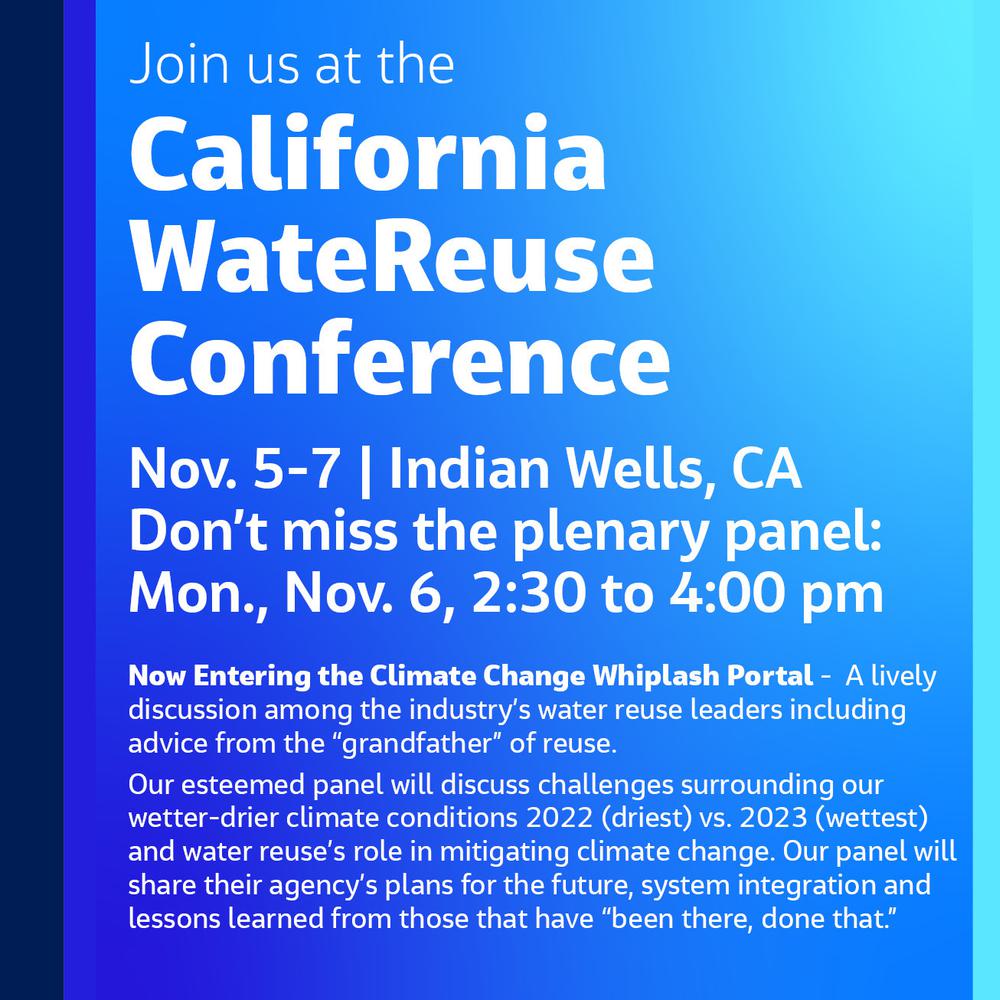Managing Salts for Multiple Reuse Goals? Hazen Has a Tool for That
A new Hazen platform can help you ensure that the salt coming into your wastewater plant is compatible with your equipment—and the salt coming out is acceptable for multiple short- and long-term uses.
At a Glance
- Wastewater treatment managers can use Hazen’s salt scenario planner to estimate how a wide range of trends and decisions—beyond just their own—could impact plant equipment, treatment goals and requirements, and reuse opportunities.
- The treatment goals and requirements can include multiple salt, or total dissolved solids (TDS), limits for everything from drinking water and irrigation to industrial cooling and discharges to sensitive rivers, streams, and bays. (TDS isn’t the only factor used to make sure water is suitable for those different uses and destinations, but it’s an important one.)
- The salt scenario planner was developed with non-proprietary software. Wastewater utilities can easily customize and adjust it to see how municipal, industrial, and commercial activities can influence treatment needs and goals.

Stephanie Ishii, PhD, PE, ENV SP, directs Hazen’s Integrated Resource Technologies practice group.
Related Topics:
(Above) The purple color of those pipes means they're carrying recycled (or reclaimed) water: wastewater that's been treated until it's safe to reuse for irrigation, industrial processes, and many other activities. But it's not safe to drink.

Managing Salinity
for Complex Water Needs
Imagine you manage a wastewater treatment plant that treats millions of gallons per day. Some of the treated wastewater is reused for irrigation. The rest is discharged to a river that provides habitat for sensitive wildlife and drinking water for a downstream town.
A company calls: They want to open a new factory in your service area, use your reclaimed water for cooling, and discharge the blowdown (used cooling liquid) to your collection system.
Can you add them to the mix without compromising your treatment system, water quality for the river, and water quality for your existing reclaimed water customers? Even if you can now, what about in five or 10 years, when the residential and industrial landscape might be very different?
TDS levels in reclaimed water need to be suitable for the different places it may be sent, from industrial buildings and drinking water plants to natural bodies of water.
Hazen built the salt scenario planner to answer those questions. It's a decision-support tool that lets wastewater treatment managers explore how different near- and long-term decisions and trends could impact multiple treatment goals—all through the lens of managing total dissolved solids (TDS), or salts.
Why we created it: A growing number of cities, towns, and counties are being asked to treat wastewater for multiple uses, from irrigation to potable reuse. Each use has different requirements and challenges. And decisions that work today might not work in the future, depending on population growth, industry changes, and a variety of other moving parts.
Why TDS: Total dissolved solids (TDS) are all the dissolved materials in water. They’re often called salts, but in addition to salts like calcium and sodium, they can also include minerals, metals, and tiny bits of organic matter. There are a variety of recommended limits for TDS in treated wastewater, or effluent, based on how it will be treated and used. That’s because elevated TDS levels can corrode equipment, hinder treatment processes, kill sensitive plants and aquatic life, and make water too salty to drink.
Removing TDS requires advanced treatment processes such as reverse osmosis (RO). Some potable reuse facilities—which treat wastewater until it’s safe enough to drink—use RO.
But most standard wastewater treatment plants don’t have those advanced barriers. The only way they can control how much TDS comes out in their effluent is to manage how much comes into the plant or is added during treatment. That can be challenging, because many factors influence TDS levels, including some that are beyond a treatment plant’s control—population growth, for instance.
"This tool helps wastewater treatment managers see many of the variables that could influence the quality of the water coming into and out of their plants, and it lets them compare options for meeting their treatment goals. They can even use it to help explain what they need to do—or what other stakeholders need to do—to maintain adequate treatment. It can be a tool to foster productive dialogue."
~ Stephanie Ishii, PhD, PE, ENV SP, Associate, Hazen
The salt scenario planner combines engineering equations, historical data, and graphics to cut through that complexity and power comprehensive decision-making. You can use it to anticipate how TDS outcomes can be impacted by a wide range of factors, including:
- A new treatment goal, such as ensuring your reclaimed water can be reused for drinking water, irrigation, or industrial cooling or discharged to a sensitive river
- Projected—or faster-than-projected—population growth
- An increase in the number of companies using your reclaimed water for industrial cooling and sending the blowdown (which has a higher TDS concentration) back to your plant
- Changes to your plant’s treatment process
- Changes to the discharges your plant receives from industrial clients
You can manipulate key variables to pinpoint when and where your plant might struggle to meet its goals and what actions could keep it on track. Those actions might include working with dischargers to control how much TDS comes into the collection system, upgrading treatment equipment, or finding alternative places to send effluent to.
The salt scenario planner is also a powerful communication tool. Use it to kickstart proactive conversations with the people who depend on your operations, building trust as you look for mutually beneficial solutions.


